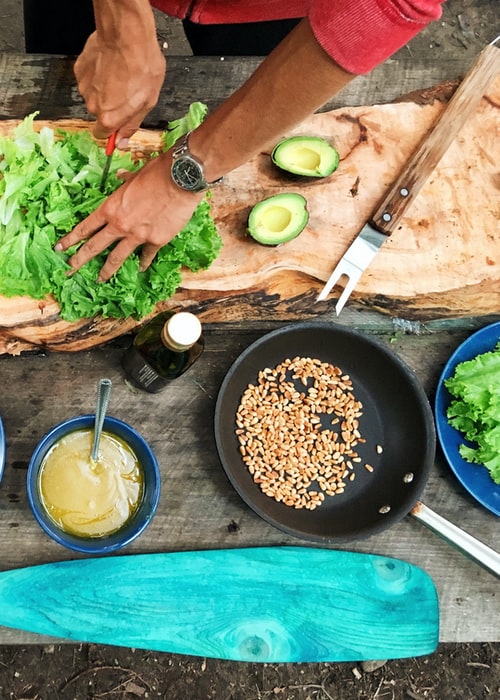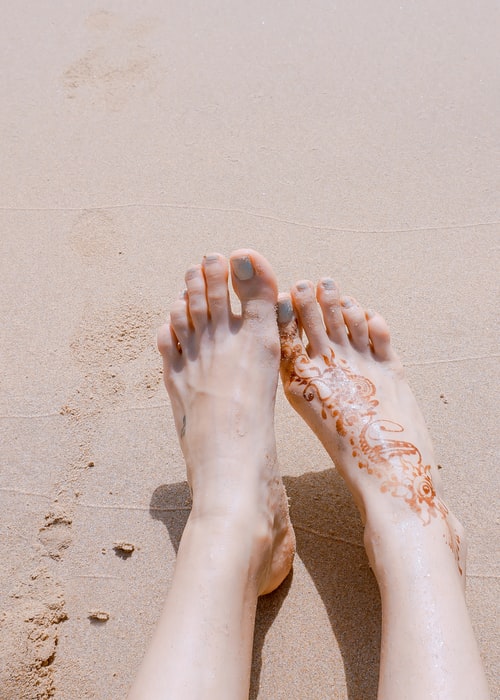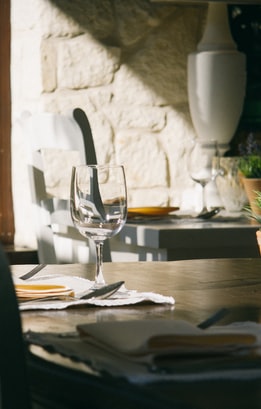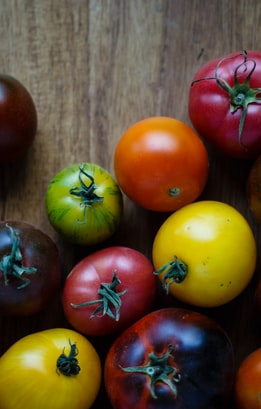A bit about photography
The word “photography” comes from the Greek word, “photo,” meaning “light,” and “graphium” which means “stylus” (for writing/drawing). Put simply, photography is just drawing with light.
Photography, as a process is incredibly simplistic and easy to become proficient in. Unlike drawing, which requires some physical dexterity; dance, which requires rhythm; or sculpting, which requires some amount of physical strength; photography can be as simple as figuring out how to press a button. Most digital cameras today are so good, that they will do the majority of the work for you. Even mastering manual mode in available light conditions just requires a very basic understanding of the process.
However, like any art, mastering photography requires dedication. You are unlikely to learn to take impactful or commercially successful photos unless you are unwilling to objectively look at your work and try to make it better. It won’t happen overnight, and that’s ok.
One thing that I want to stress early on is that you can’t buy your way into a successful photography career. You can spend tens of thousands of dollars and still take boring photos. Trust me, I do it all the time.
In this course, we’re going to go about learning photography a bit different than most courses. Where most courses start with types of cameras, lenses, and other gear; we’re going to skip that initially and revisit it after composition. I want you to be able to properly expose a photo first and learn to compose a photo second. Then, we’ll start to move on to gear, history, and technique discussions.
The best camera is the one that’s with you. – C.Jarvis
Throughout this course you will hear me continually say “don’t buy anything unless you can describe why your current gear won’t do.”
Camera companies have done an amazing job convincing the majority of the world that their current gear isn’t good enough. Internet forums are buzzing with why your camera is bad and why you should upgrade.
The truth is, you only need to upgrade or add to your equipment when your current equipment isn’t doing what you need it to do.


What is a “photographer”
Hundreds of debates per day happen across the internet regarding what makes a person a “photographer.”






